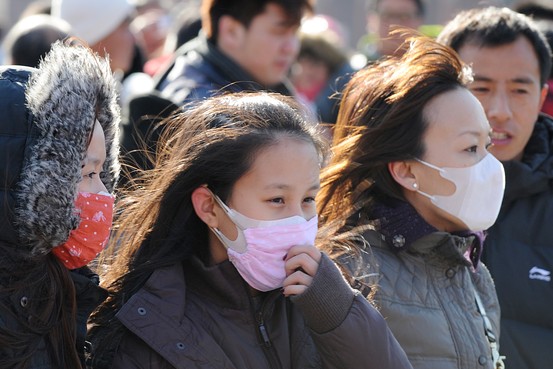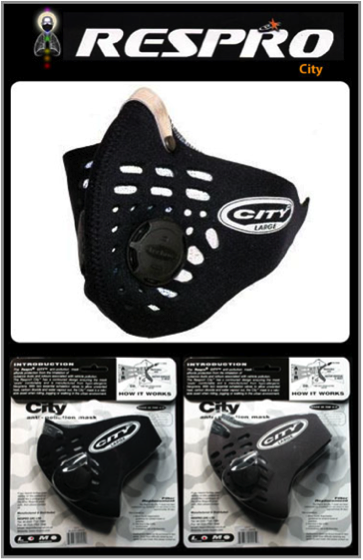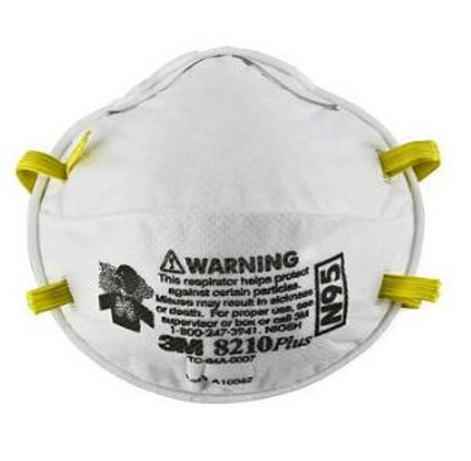This guest blog post is written by 18-year old Oyu Choijamts. Oyu is a graduate of The Hobby School in Ulaanbaatar and has participated in air pollution outreach activities as a member of UBASC. She will be attending university in the fall at Harvard and wants to major in Environmental Studies.
*****************************************
Mongolians are well aware of the problem of air pollution. Even when you think (and hope) you’re safe in the summer – you’re actually not! It’s impossible to not be aware of the lung-piercing smoke that has become UB’s air. People wonder what ways there are to protect themselves, their families and children from the dangerous effects. There are certain ways to minimize the effects to an extent. For example, one can refrain from opening windows in the mornings and evenings and avoid going outside during the most polluted times in the evening. However, that’s not easy. Not easy at all. So, when you go outside, it’s advisable to use masks. Let’s see what types work, what they do and where to get them.
Before we discuss that, it’s important to know why the smoke is so harmful. Smoke is made up of particulate matter (PM, for short) that can damage our lungs, as well as other parts of our bodies. Wondering how? PM that has a diameter of less than or equal to 10 µm (1 µm=1/1,000,000 m) is called PM10. It goes into our lungs and doesn’t leave our body, unlike particulate matter with diameters larger than 10 µm that does, through coughs or sneezes. PM with a diameter equal to or less than 2.5 µm (PM2.5) is most dangerous. Not only does it enter our lungs and respiratory organs, it’s so small that it can penetrate blood vessels, alveoli and spread through our system.
It’s not easy to protect ourselves from PM, and protection from toxic gases also found in smoke, such as carbon monoxide (CO), sulfur dioxide (SO2), and nitrogen dioxide (NO2), can be even more difficult.
There are quite a few types of masks out there. First of all, those cotton or cloth ones do not work. These masks are designed to keep germs from the wearer from infecting others – not designed to keep the pollution out. While these masks are cheap (~200 Tugriks) and readily available from many pharmacies in UB, they won’t help with pollution. The holes are too big to have much of a filtering effect on the smoke, and they don’t seal completely around one’s face.

Cloth and surgical masks do not typically provide protection against air pollution. Rather, their purpose is to keep the wearer from infecting others with their own germs. Click image for image source.
Fortunately, there are certain masks that can filter out most of the PM from the smoke before it reaches your lungs. But, for them to work, they must be rated. Yes, there’s a special rating system used for masks that filter particulate matter. By American standards, if the mask has any of these letters N, R, P followed by 95, 99, 100 (the higher the number, the higher the filtering – really comprehensive article on the CDC.gov site here), it is deemed extremely effective. By European EN143 standards, masks with rating of P1, P2, P3 are just as effective.
Again, medical masks without these ratings can’t be really trusted as we cannot know how much they can protect us. At the time of this posting, we have not found one of these rated (and relatively cheap – they sell in the US for 1,000 – 5,000 Tugriks per mask, depending on exact type) masks in UB pharmacies. If any readers have seen these types of masks around UB, let us know where, and also how much they are in a comment below!
Alternatively, you can order these quality masks online. The main downside of these rated masks is the fact that it does not filter toxic gases. Fortunately, there are masks that can filter a variety of pollutants, including PM and toxic gases. One example is the following Respiro brand mask. It looks like this:

It costs $44 + filter ($23) that needs to be changed every month. Though it is quite expensive, it’s the best type of mask out there that can protect you from the smoke particles. This particular brand of mask can be ordered online as well.
Let’s not forget just how much important it is to protect ourselves from atmospheric pollution and play our part in reducing it.


As we all know, those who spend the most time outdoors during the winter — salespeople, bus conductors, the ladies with the candy stands, and even the traffic police — cannot afford expensive masks. However, from the point of view of public health, would it be more efficient to provide these people with expensive masks free of charge, or try to innovate solutions to reduce pollution?
Keep up the good work, Oyu and Crista!